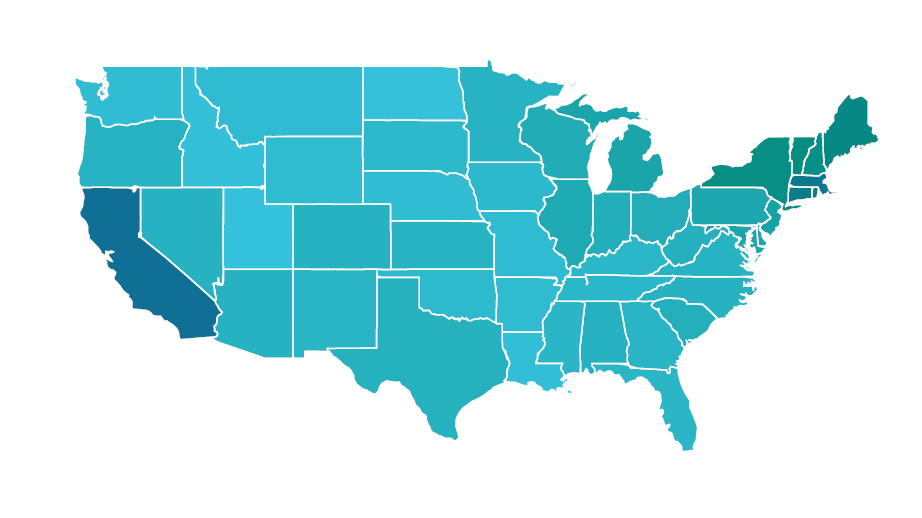Why Are Electricity Prices So High Right Now for Americans?

The rising cost of electricity has left many Americans grappling with higher utility bills. Several factors, both global and domestic, are driving these price surges. Understanding the reasons behind these increases can help consumers make informed decisions to manage their energy expenses.
1. Rising Fuel Costs
A significant portion of electricity in the U.S. is generated from natural gas. In 2023, natural gas was used to generated 43% of the U.S.’s electricity. The price of natural gas has been volatile due to geopolitical tensions, including the ongoing energy crisis in Europe caused by conflicts and disruptions in gas supply chains. While nowhere near the spike seen in 2022, natural gas prices have been increasing over the past year. As the global and domestic demand for natural gas increases, so do the costs for American power plants, which ultimately get passed on to consumers.
For more information on natural gas prices but without calculating for tariffs, see the Energy Information Administration analysis.
2. Increased Demand for Energy
Demand for energy is growing in the U.S. which is causing in the short-term pressure on prices. Customers can offset price increases by using electricity during non-price peak periods.
In the long-term, regulators are expressing concern that supply of electricity will not be able to keep up with increasing demand. What that could mean is continued price increases but also risks of blackouts. This demand is coming from the growth of large data centers and manufacturing, which is projected to continue growing. Additionally, the adoption of electric vehicles and shift away from fossil fuels for heating is increasing the demand for electricity.
3. Aging Energy Infrastructure
Much of the U.S. energy grid infrastructure is decades old and requires significant maintenance and upgrades. Utility companies are investing in modernizing the grid to improve reliability and resilience, but also to keep pace with the electrification and increasing demand from commercial and industrial growth.
These infrastructure investments often lead to rate increases that are passed directly on to consumers. This is expected to continue as the demand for electricity increases and as more capacity is added to the grid, increasing costs.
How does the U.S. energy infrastructure rate? Read more about infrastructure factors and see how it measures up.
4. Supply Chain Disruptions
The global supply chain disruptions caused by the COVID-19 pandemic and other economic factors have impacted the availability of critical components for power generation and distribution. These supply chain issues have driven up the cost of maintaining and expanding the energy grid.
5. Blaming the Renewable Energy Transition
Many utility companies blame increased costs from solar and wind capacity additions for increasing the rate. They may add charges to your bill that are labeled as renewable energy or solar. Community solar companies like PureSky do not charge an additional fee for solar. Instead, this is often a means of passing on any cost of new electricity capacity to the customer.
Cost of U.S. Electricity - Comparing November 2023 to November 2024

What Can Consumers Do?
Although many of these factors are beyond individual control, there are steps consumers can take to mitigate the impact of rising electricity prices:
- Renewable Energy Options: Explore community solar programs or install rooftop solar panels to offset traditional energy costs.
- Energy Efficiency: Upgrade to energy-efficient appliances, use LED lighting, and insulate your home to reduce energy consumption.
- Time-of-Use Management: Take advantage of time-of-use rates by running high-energy appliances during off-peak hours.
- Demand Response Programs: Participate in utility programs that offer incentives for reducing energy use during peak periods.
Looking Ahead
As the U.S. continues its transition to a cleaner and more resilient energy grid, electricity prices may remain volatile. However, advancements in renewable energy and technological innovations are expected to stabilize and eventually lower costs in the long run. Staying informed, adopting energy-efficient practices and supporting clean energy transition can help consumers navigate this challenging energy landscape.





